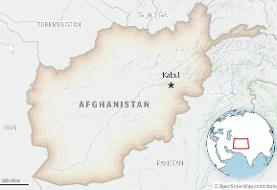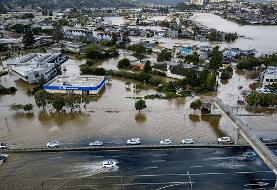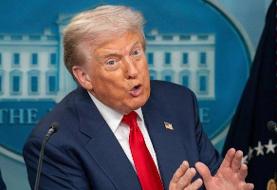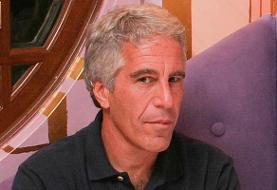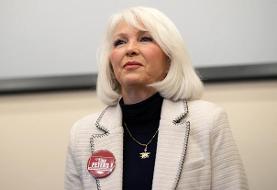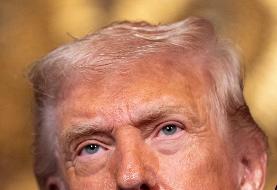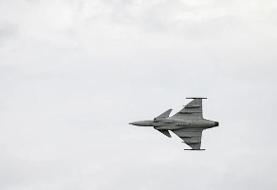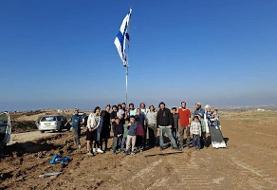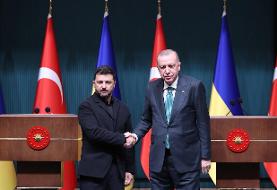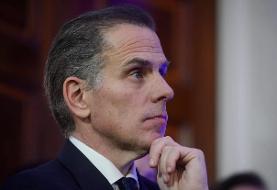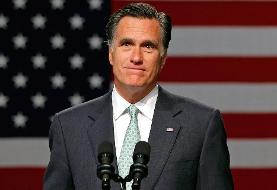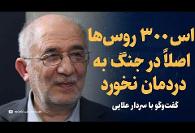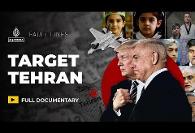"Lesser Satan" Yourself: How Iran followed footsteps of the Soviet Union - A Russian Analysis
Though the atheistic Soviet Union was Islamic Iran’s “lesser Satan” (America, notoriously, being the “great Satan”), Iran and Russia have more in common than either would be willing to admit, argue Alexey Eremenko and Mikhail Gusev of RIA (Russian news and Information Agency - a state owned news analysis agency) in a recent article.

The thorough analytical article quotes two of Russia's foremost experts on Iran: Vladimir Sazhin, of Institute of Oriental Studies of the Russian Academy of Sciences, and Viktor Mizin, a former diplomat and an expert on Iran with the prestigious Moscow State Institute of International Relations. They both believe the parallels between Iran and former Soviet Union are astounding. A summary of the article follows. To read the full article click here.
1- “Both are propaganda-heavy countries with a single state ideology,” Sazhin says. Both easily qualify as authoritarian, with geopolitical ambitions underpinned by considerable human and technological potential. And both, in the West, had the image of monolithic bad guys, dubbed “evil” by US presidents, while much of their populace harbored an unknown receptiveness for Western values, and certainly Western living standards.
2- The similarity that is the hardest to overlook – literally – is the ubiquity of the nation’s leaders in public places. The late Supreme Leader Ayatollah Ruhollah Khomeini and his successor Ali Khamenei look out from every street and every administrative office in Tehran – exactly like Karl Marx, Vladimir Lenin and Leonid Brezhnev in the late Soviet Union.
3- The cosmopolitan Tehran looks like a perfectly regular – and secular – global city, once you get used to women in headscarves and murals of ayatollahs. But if you pause for a smoke, a motorcyclist lounging nearby may ask you, in the language of gesture, what cigarettes you’re smoking. (Decent smokes are hard to come by in the sanction-hit country, as they were in the USSR, albeit for very different reasons.)
4- Iranians’ use of English also is reminiscent of Soviet textbooks and foreign-language propaganda. Anti-Western slogans are often rendered in English to ensure they reach the target audience, but translators’ grasp of the language is tenuous: “Unknown about the name of khomeini, this revolution is not recognized throughout the world,” proclaims a particularly striking example on a city billboard.
5- Western music is banned in Iran, and Hollywood production sieved by censors – another page from the Soviet playbook. But walk down a street in Tehran, and you will meet plenty of vendors openly offering Modern Talking CDs (after all these years) and “Ice Age: Continental Drift” DVDs – just like Soviet black market dealers who always had those Kiss and Pink Floyd LPs if you knew whom to ask. Even the vice police, whose job is to bust Iranian women for wearing overly close-fitting pants or exposing too much hair, had brethren in the Communist lands: In the 1950s, volunteer squads roamed Moscow's streets hunting men who wore flashy American-style clothes to forcefully cut their pompadours and rip the bottoms of their checkered drainpipe jeans.
6- The four councils of Islamic experts that are Iran's second level of power, directly beneath the Supreme Leader, are tasked with the same array of political, economic and electoral issues as the Central Committee of the Communist Party, according to Sazhin.
7- Iran’s economy remains state-controlled and heavily relies on central planning, though small business is allowed, unlike in the Soviet Union. The state has direct control of more than 40 percent of Iran’s GDP.
8- The limitations on political freedoms in Iran are also reminiscent of KGB crackdowns on dissidents, said Viktor Mizin, a former diplomat and an expert on Iran with the prestigious Moscow State Institute of International Relations. Political dissenters in Iran are subjected to extrajudicial punishment or convicted on political charges. Iran ranked 174th out of 179 countries in the 2013 Press Freedom Index by Reporters Without Borders.
9- Iran’s technological progress is blazing ahead at lightning speed, Mizin said. Iran increased its scientific output by a factor of 18 between 1996 and 2008, judging by the number of academic publications. Iran's nuclear, ballistic missiles and space programs are advancing fast. Compare to the Soviet Union: an agrarian country at its inception in 1922, but the first to send a human into space some 40 years later – after first experimenting with dogs and other animals. "The ruling establishment was archaic and obscurantist in both cases, but the average qualification of [Iranian] scientists, diplomats, spies and army men is very high," Mizin said.

The comparison shouldn’t be stretched too far, however, given the many differences between the Communist empire and the Islamic Republic, and it surprises Iranians. One difference between the Soviet Union and Iran is that the latter has more freedom, said Sazhin.
Iranians are mostly free to travel abroad, unlike citizens of the Soviet Union, where overseas trips were a luxury afforded to the select few who had to prove their loyalty to the regime and cut through miles of red tape just to lounge a week at a Bulgarian beach. Also, while the Soviet legislature was a rubberstamping body controlled by a single party (no others were allowed), Iran has more than 200 parties, and its parliament, the Majlis, wields considerable political influence, especially in forming the government.
FUTURE?
But political freedoms remain limited – and the reformist drive of Iran’s educated urbanites may yet add more parallels to the Iran/Soviet Union pairing if the clerical establishment’s hold on power gets eroded like the Communist Party’s in the 1980s, both experts said. “A new perestroika is coming, or at least a weakening of the clerics running the country – a process that will only be gaining momentum,” Mizin predicted.
Iranian President Mohammad Khatami, in office from 1997 to 2005, was in fact called the “Iranian Gorbachev” by foreign media for his liberalization policies. However, after his replacement by the current hardline president, Mahmoud Ahmadinejad, Khatami’s rule looks more like the Soviet “thaw” of the 1960s, which gave way to stagnation under Brezhnev – and only then to Perestroika.
Dissent in Iran is brewing, driven by big-city residents who are sympathetic to the West and would prefer their democracy without clerical supervision, analysts agree.
Alleged vote fraud by Ahmadinejad in the 2009 presidential vote triggered the biggest street protests since the Islamic revolution of 1979. And though the protests were suppressed, the millions of people who participated in them or supported them have not gone anywhere.
If anything, displeasure with the regime is expanding to the politically passive part of the population because of Iran's economic troubles – yet another similarity to the Soviet Union, where the Communists lost popular support after oil prices plummeted in the late 1980s, crippling its economy, much as Western sanctions and botched domestic reforms have done in contemporary Iran.
"The process of change [in Iran] has been launched, same as under Gorbachev, and it will be very hard to stop. It’s just that they don’t have their own [Boris] Yeltsin yet, so the ruling establishment has no powerful challengers," Mizin says, referring to the man who formally dissolved the Soviet Union and became the first president of post-Soviet Russia.









